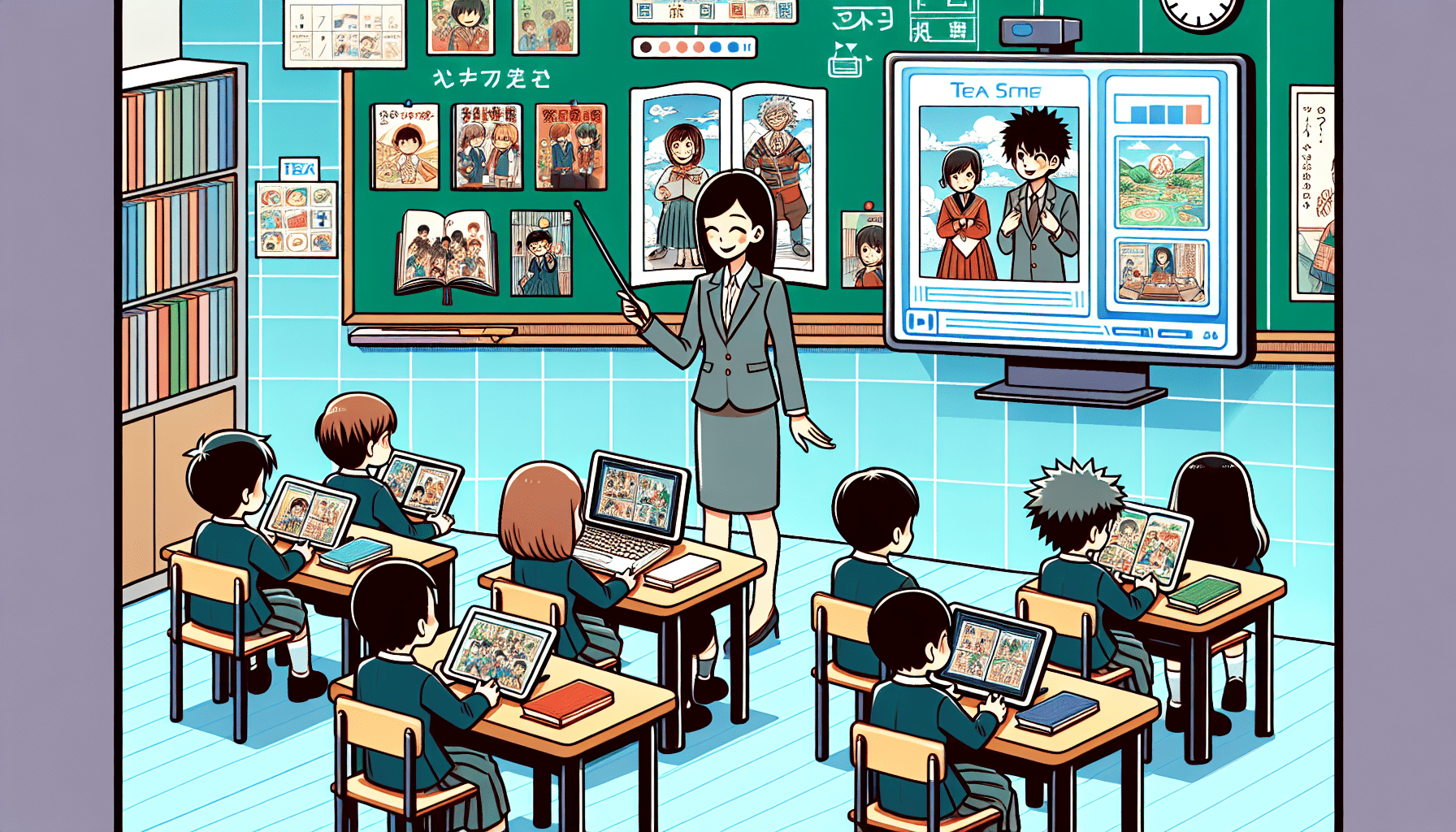Korean manga, commonly referred to as "manhwa," has become an influential element in the global comics and graphic novels scene. Beyond entertainment, manhwa offers an innovative tool for integrating art, technology, and culture into modern educational curriculums. Leveraging its engaging storytelling and rich visual content, educators can create immersive learning experiences that resonate with students.
Understanding the Appeal of Manhwa
Manhwa is characterized by its unique artistic style, dynamic narratives, and cultural depth. These elements make it highly appealing to younger audiences who thrive on visual and story-driven content. This engagement can be effectively harnessed in educational settings to inspire interest and facilitate learning across diverse subjects.
Cultural Exposure and Global Perspectives
Integrating manhwa into the curriculum allows students to explore Korean culture and history, promoting cross-cultural understanding and global literacy. Many manhwa works delve into historical events, societal norms, and Korean legends, providing a narrative backdrop that encourages cultural empathy and awareness. Educators can use these stories to initiate discussions on cultural diversity and global citizenship, bridging students' local experiences with broader worldviews.
Enhancing Literacy and Language Skills
Manhwa can also be a powerful tool in developing literacy skills. Its combination of text and imagery helps in enhancing comprehension and critical thinking. For language arts, the dialogue-driven nature of manhwa can aid in improving vocabulary and understanding of context. Moreover, for students learning Korean or for English language learners, manhwa offers a dynamic means of practicing language skills in a contextual and enjoyable manner.
Incorporating Technology and Digital Literacy
In the era of digital media, manhwa goes beyond traditional print, thriving online through various webtoon platforms. This digital presence makes it an ideal medium for teaching digital literacy. Students can analyze the transition of stories from print to digital, the impact of format changes on narrative delivery, and the influence of technology on storytelling. Additionally, educators can encourage students to create their digital narratives, fostering skills in digital design and storytelling.
Fostering Creativity and Visual Arts
Art classes can benefit tremendously from the inclusion of manhwa. The artistic techniques employed in creating manhwa can be explored to teach elements of visual arts, such as line, form, and color theory. Students can be tasked with creating their comics or storyboards, encouraging creativity and offering a practical application for art concepts.
Interdisciplinary Connections
Manhwa’s versatility extends to a variety of subjects, from history and social studies to science and ethics. For instance, a manhwa about futuristic societies or scientific advancements can spark interest in technology, biology, or environmental science. By connecting manhwa content to subject-specific themes, educators can cultivate interdisciplinary thinking, encouraging students to draw connections between different fields of knowledge.
Conclusion
Incorporating manhwa into modern education offers manifold benefits, from enhancing engagement and literacy to fostering cultural understanding and creativity. It presents an opportunity to enrich the learning experience, making education more relatable and reflective of the globalized world students inhabit. By embracing manhwa, educators not only honor a vibrant cultural art form but also prepare students with a diverse set of skills essential for their future endeavors.
